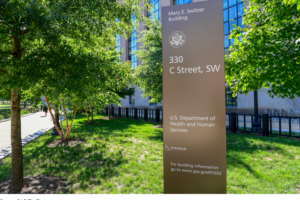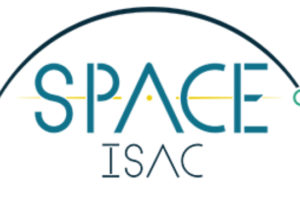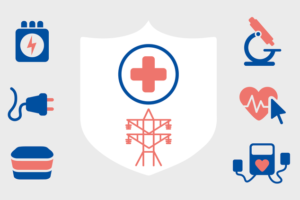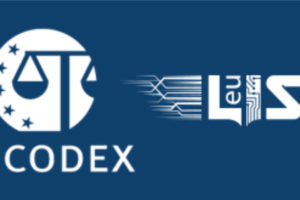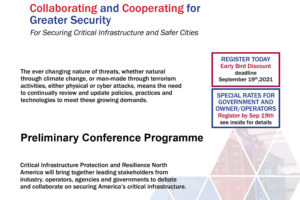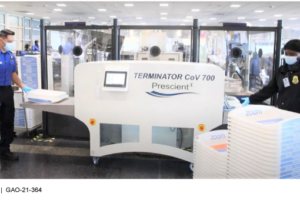
In a milestone decision, the World Meteorological Organization’s Executive Council has endorsed a unified policy on the international exchange of Earth system data to help its Members meet the explosive growth in demand for weather, climate and water services as the world grapples with the dual challenges of climate change and the increasing frequency of extreme weather events.
The draft data policy resolution, which must be adopted by the full 193-Member World Meteorological Congress extraordinary session scheduled for October 2021, paves the way for a sweeping update of policies on the free and unrestricted exchange of data that have been the bedrock of WMO since it was established more than 70 years ago.
The WMO Unified Policy for the International Exchange of Earth System Data is based on WMO’s strategic integrated Earth system approach to all monitoring and prediction of weather, climate, water and related environmental phenomena, and it will serve as the foundation of a wider push to strengthen the global observing networks and help overcome regional disparities.
“In order to meet the demand for services and forecasts, it is paramount to improve the exchange of weather, climate, water and ocean data. Severe gaps in data and weather observations, especially in Africa and island states, have a major negative impact on the accuracy of early warnings both locally and globally,” said WMO Secretary-General Prof. Petteri Taalas.
“A revision of WMO’s data policy will leverage benefits for the whole of society and will allow our global community to work better together to deliver services that protect life, livelihoods and property,” said Prof. Taalas.
“It is a very, very important step to have such a unified data policy for WMO,” said WMO President Gerhard Adrian. “We have many decisions on data policy, and now we have a united approach where all these parts are collected.”
“This is a great milestone, and a historical moment,” said Michel Jean, President of WMO’s Infrastructure Commission, which had developed the data policy resolution approved.
Numerical Weather Prediction
Delivery of weather and climate services depends on routine international exchange of weather and climate data, 24/7, 365 days per year, often within minutes of real time.
Observations are ingested into numerical prediction models, and the output from these models is used as a basis for weather and climate services. A primary aim with the establishment of WMO in 1951 was to create a coordination mechanism for the acquisition and international exchange of such data.
WMO’s current data policies are laid out in three separate Congress resolutions - Resolution 40 (Congress-XII, 1995, covering weather) and two subsequent resolutions (Resolution 25 (Cg-XIII) and Resolution 60 (Cg-17)) covering water and climate.
The new WMO Unified Data Policy resolution, in comparison, covers seven domains and disciplines - covering all WMO-relevant Earth system data - in a single policy statement, and it thus extends beyond the traditional areas of weather, climate and water data to incorporate also the areas of atmospheric composition, oceans, cryosphere and space weather.
Increasing the volume of observations that are shared internationally for use in global and regional Numerical Weather Prediction (NWP) models will help significantly improve the quality of these data products. The policy will also provide developing countries with better access to these key data products. The resulting improvement in forecasts and other services will be felt everywhere on the globe, but it will be especially pronounced in areas where the current observational data coverage is poor, including in many developing countries.
In addition, the data policy resolution expands from addressing just national meteorological and hydrological services to endorsing relevant data exchange among all partners, including agencies beyond meteorological and hydrological services, the rapidly growing private sector and academia.




